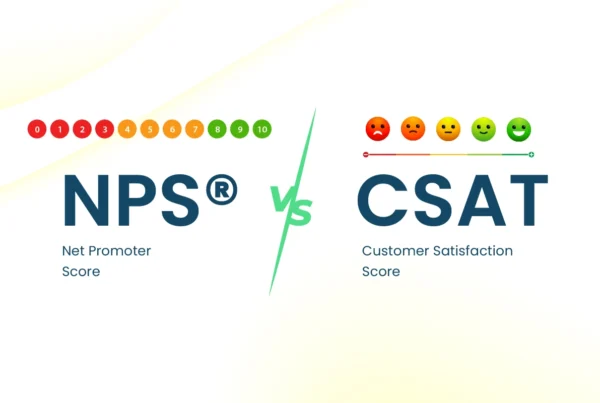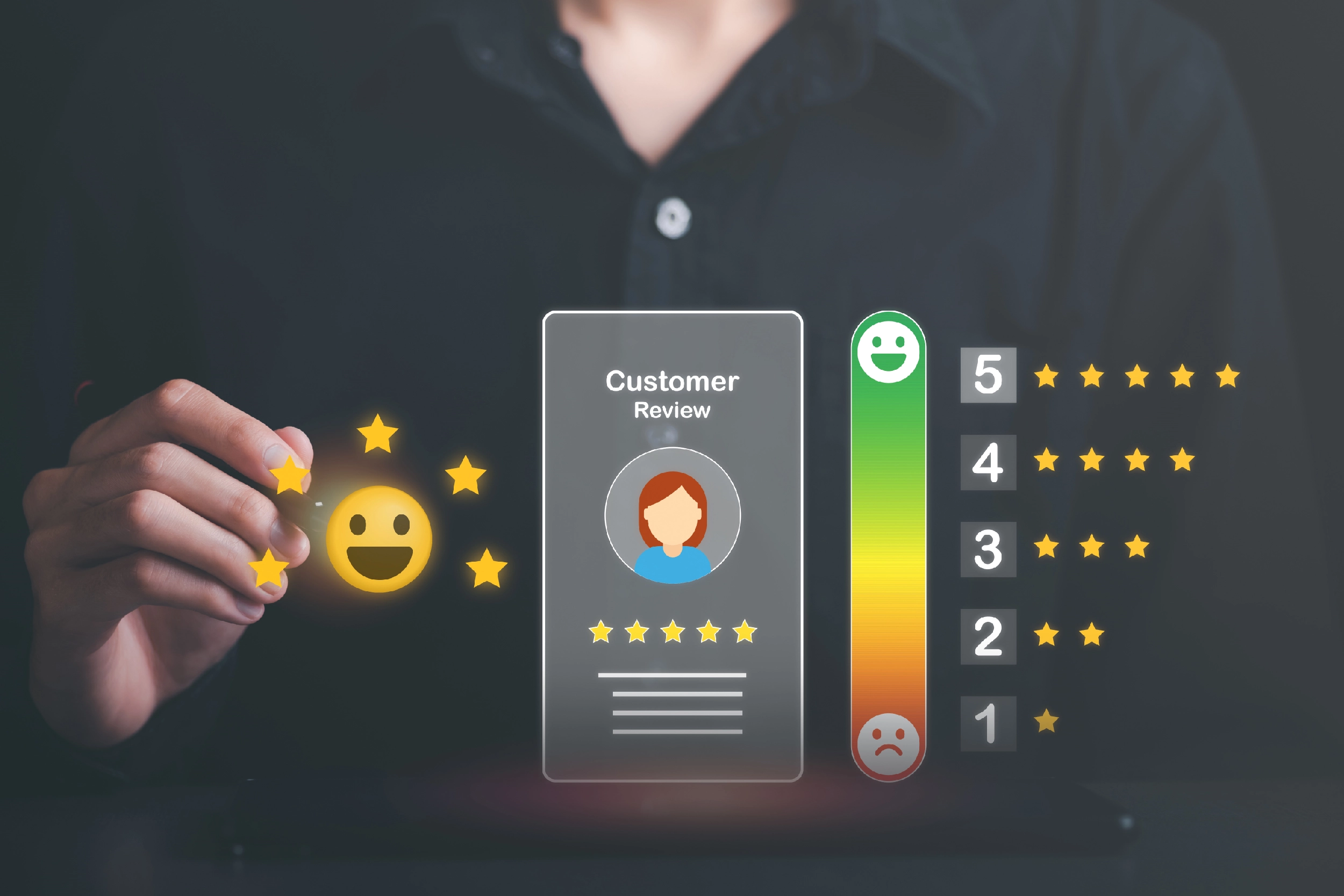Success in today’s business environment depends on having a solid understanding of your clients. The Net Promoter System is a very powerful tool as a result. The NPS survey software is a helpful tool for measuring customer loyalty and identifying areas in need of improvement (NPS). NPS goes beyond basic satisfaction surveys by evaluating consumer advocacy and providing useful information to businesses looking to enhance their customer experience approach. Let’s go more specific on how to design and carry out a successful NPS system using an NPS survey tool, NPS survey software, or NPS survey platform.
Understanding the NPS:
“How likely are you to recommend our company/product/service to a friend or colleague?” is the central question that motivates the NPS. On a scale of 0 (not at all likely) to 10 (very likely), customers react. Three groups of clients are identified based on their responses:
- Activists (Rank 9–10): These are the devoted clients who passionately support your business.
- Passives (Score 7-8): These are neutral customers who are satisfied but not particularly passionate.
- Detractors (Score 0-6): These are unhappy customers who may spread negative word-of-mouth.
Benefits of using an NPS:
- Measure customer loyalty: Quantify customer sentiment and track changes over time.
- Quantify customer sentiment: Get a numerical score to track loyalty over time.
- Determine what has to be improved: Learn what makes and doesn’t make your customers happy.
- Set priorities for your actions: Concentrate your attention on projects that will most significantly affect the loyalty of your customers.
- Performance benchmarks: To find out where you rank in relation to industry benchmarks, compare your NPS.
- Increase the retention of customers: Recognize issues and take action before clients go.
Unveiling the Power of NPS:
The system’s real power is found in the rich qualitative information it produces, even though the score from NPS survey software is valuable in and of itself. Customers can build on their opinions by answering open-ended follow-up questions in the survey, offering detailed feedback and insightful information about their experiences. These ideas can be applied to:
- Find the true causes of why customers are not happy: Examine open-ended feedback to identify particular areas that need to be improved, such communication strategies, customer service processes, or product features.
- Determine the causes of consumer delight: Recognize the features of your experience that promoters find appealing and look for ways to duplicate those aspects across the consumer journey.
- Customize your interactions with customers: Utilize client feedback to personalize communications and interactions according to each person’s requirements and preferences, building stronger bonds and increasing loyalty.
Building your NPS program:
- Define your goals and target audience:
- Objectives: What are your hopes for the NPS? (For instance, raise brand advocacy and promote client retention)
- Who are you surveying as your target audience? (For instance, all clients, recent buyers, or consumers of a certain product)
- Define your target audience and tailor the survey experience:
Segment your customer base and design surveys relevant to each group’s specific experiences (e.g., post-purchase survey for new customers, feature usage survey for existing users).
Consider offering the survey in multiple languages to reach a wider audience and ensure inclusivity.
- Choose the right NPS platform/software/tool:
- Consider your needs and budget: Different platforms offer varying features and pricing structures.
- Seek out important characteristics: It is essential to have closed-loop feedback capabilities, customisable reporting, and automated surveying.
- Combining with already-available tools: Make sure the platform works perfectly with any applicable technologies, such as your marketing automation software or CRM.
- Leverage technology for seamless implementation:
- Utilize the capabilities of your chosen NPS survey platform to automate survey distribution, track response rates, and generate insightful reports.
- Explore advanced features like sentiment analysis to gain deeper understanding of customer feedback beyond their numerical scores
5. Connect NPS to your CRM system (customer relationship management):
Integrate your NPS software with your CRM to streamline data collecting and analysis. This gives you an in-depth understanding of the client journey and makes it possible to focus your follow-up efforts by connecting consumer replies to their unique profiles.
- Craft the perfect NPS survey:
- Keep it concise and clear: Aim for one core question and limit additional questions to gather specific details.
- Personalize the survey: Use the customer’s name and tailor questions based on their interaction (e.g., post-purchase survey might ask about the buying experience).
- Offer an optional open-ended question: Allow customers to provide qualitative feedback and elaborate on their score.
- Send surveys at critical touchpoints:
- The timing is crucial: Aim for important points in the client experience, such the time following a purchase, a service encounter, or the registration of a product.
- Prevent becoming bored of surveys: Survey frequency should be kept to a minimum to prevent overwhelming clients and lowering response rates.
- Close the loop with your customers:
- Answer each and every comment: Recognize every comment, no matter how big or small, to show that you appreciate their input.
- Act now: Respond to negative feedback and make adjustments in light of consumer input.
- Share encouraging remarks with the group: Honor accomplishments and provide credit to staff members that improve customers’ experiences.
9. Encourage a customer-centric culture:
Incorporate the NPS philosophy across your company, making sure that every worker is aware of its importance and actively works to improve client experiences. Acknowledge and commend staff members that continually exhibit traits like proactive customer service and attentive listening that are representative of the NPS ideals.
Net Promoter System: Building and Implementing Effectively with an NPS Survey Platform
Your ability to identify the true feelings of the customers you serve will determine your level of achievement within the current competitive environment. The NPS Survey Platform is more than simply a tool for customer satisfaction surveys; it also evaluates loyalty to customers and provides useful information to encourage company growth.
Implementing your NPS program:
- Get support from the leadership:
- Teach upper management: Stress the importance of NPS survey tool in determining client loyalty and promoting company expansion.
- Sync up NPS with broader business goals: Showcase how a higher NPS can result in more sales, lower attrition, and a better reputation for your company.
- Educate your group:
- Tell employees about the NPS: Explain the purpose of NPS surveys, the advantages they offer the business, and the ways that every interaction influences the customer experience.
- Give employees the resources they require to address consumer concerns: Instruct them to handle client difficulties on their own, pay close attention to what others say, and reply with empathy.
- Include NPS in the process of making decisions:
- Based on NPS data, make strategic decisions. To provide an accurate representation of customer sentiment, NPS data should be mixed with other customer satisfaction metrics.
- Improve product development, marketing strategies, and customer service: NPS data may be used to make decisions about changes that will better meet consumer wants and enhance the customer experience in general.
- Constantly evaluate and enhance:
- Review your NPS score frequently and monitor any trends over time. Determine the gaps in your NPS and acknowledge the progress you’ve made.
- Compare your NPS survey tool to the norms for the industry. Keep an eye on your competitive standing and pinpoint areas that need work.
- Modify your NPS initiative in light of the conclusions. Adjust the time, plans, and follow-up of your surveys in light of your findings to meet changing customer requirements.
Conclusion:
Make strategic decisions based on NPS data: To get a full picture of customer sentiment, NPS data should be paired with other customer happiness metrics.
Improve customer service, product development, and marketing strategies: NPS data may be utilized to identify the improvements that will best meet consumer needs and enhance the entire customer experience.
Are you prepared to increase your clients’ loyalty even further? Examine the many NPS survey systems on the market and select the one that best meets your requirements. Start collecting valuable customer feedback today!








